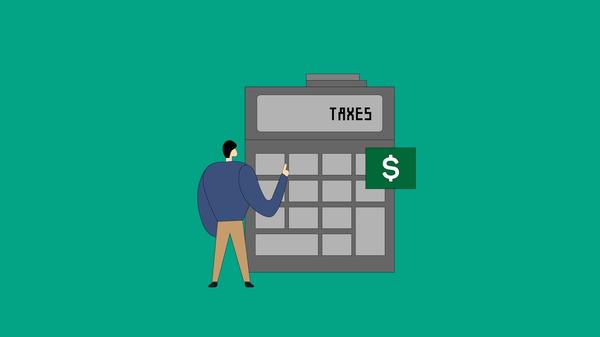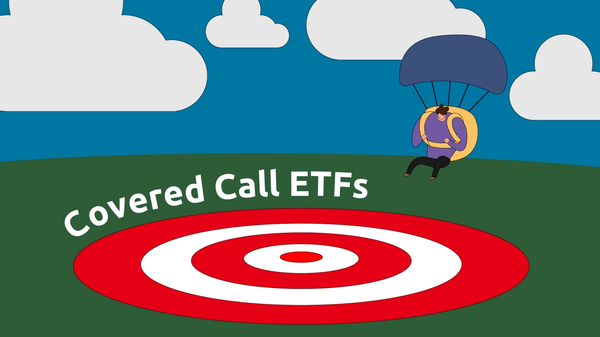Passive investing is a growing trend in the investment world. Because of the broad success of index funds, many investors are beginning to question the importance of active money management and whether it may even hurt returns in the long term. Due to the costs associated with actively managing investments, passive investing strategies have an inherent advantage that is difficult to overcome.
At its core, passive investing is a fancy way of saying buy and hold. It’s all about minimizing fees and hassle while striving to build wealth over time. Having to constantly research and make decisions is costly in terms of time and money. Then there’s the cost of making an actual transaction, which can be substantial if you’re making a lot of them. When you buy and hold, you hitch your fortune to a wagon and let it ride. Buying and holding is the simplest form of passive investing, but there are also some strategies which can be used to manage risk.
Diversification
It’s important not to hold all your eggs in one basket. Companies and economies go bust all the time, but they generally don’t go bust all at once. If you buy lots of different things across different sectors, economies, and asset classes, you can effectively spread your risk and average out your returns.
These days it’s easier than ever to build a diversified portfolio. Instead of buying individual stocks, there are index funds and Exchange Traded Funds (ETFs) that represent just about anything you could invest in. The simplest strategies involve just a few broad market ETFs or index funds that can be adjusted for your risk tolerance.
Rebalancing
Once you’ve decided how to diversify your portfolio, you need to ensure that it stays diversified. Different asset classes have different rates of return, with the riskier classes generally having higher returns over time. Because of this, your holdings will tend to become skewed towards riskier assets over time, which makes your whole portfolio riskier than intended by your diversification plan.
This is where rebalancing comes in. In order to get your portfolio back into alignment with your target, you need to buy (and possibly sell) some of your holdings. If you are making frequent cash contributions, simply buying your most underweight assets is often sufficient to stay on target. However, if your portfolio eventually drifts too far, you may also need to sell some of your overweight holdings so that you can purchase more of the underweight ones. Due to the cost associated with buying and selling, it’s best to do full rebalancing infrequently.
Discipline
Perhaps the most important aspect of passive investing is discipline. If you don’t have the fortitude to stick with your investment plan even in the midst of a recession, you may lose more than you ever gain on your investments.
Many investors panic during downturns and pull their investments out of the market once they’ve seen their investments drop in value. It can be physically painful to see your net worth drop by 30% or more. The key thing to remember is that in the long run, the market always recovers. If you sell at the bottom, you’re jumping off the wagon and locking in your losses. So remember – you’re in it for the long haul.
On the flip side, it’s important not to get greedy or chase high returns. It’s easy to be enticed by the media’s coverage of the latest investing craze or flashy stock that is “set to perform this year”. Always be skeptical of what the media says and remember that if it’s in the media, it’s probably too late. Often times, investors following trends just end up buying high and selling low. If for some reason you have the urge to follow advice you hear in the media, then make sure you do your homework and most importantly ask yourself:
Am I really a passive investor?
Passiv is a new tool to help passive investors manage their portfolio. Our web-based software integrates directly with your brokerage account to take care of the tedious tasks associated with rebalancing and allocating new cash. It’s like your own personal robo-advisor – without the MER.


